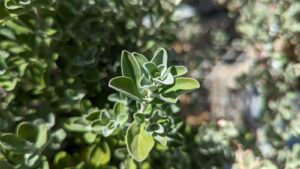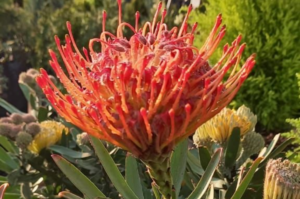Oregano is an herb that belongs to the mint family. It’s native to the Mediterranean region and is mainly used for culinary and medicinal purposes. It has a strong, pungent flavor and aroma, making it ideal to enhance several dishes, especially those with tomato, cheese, meat, or vegetables. The herb is also rich in antioxidants, vitamins, minerals, and phytochemicals that can have various health benefits.

Texas Sage
Texas sage is an evergreen shrub that belongs to the figwort family, Scrophulariaceae. It has tender grey hairs that cover



